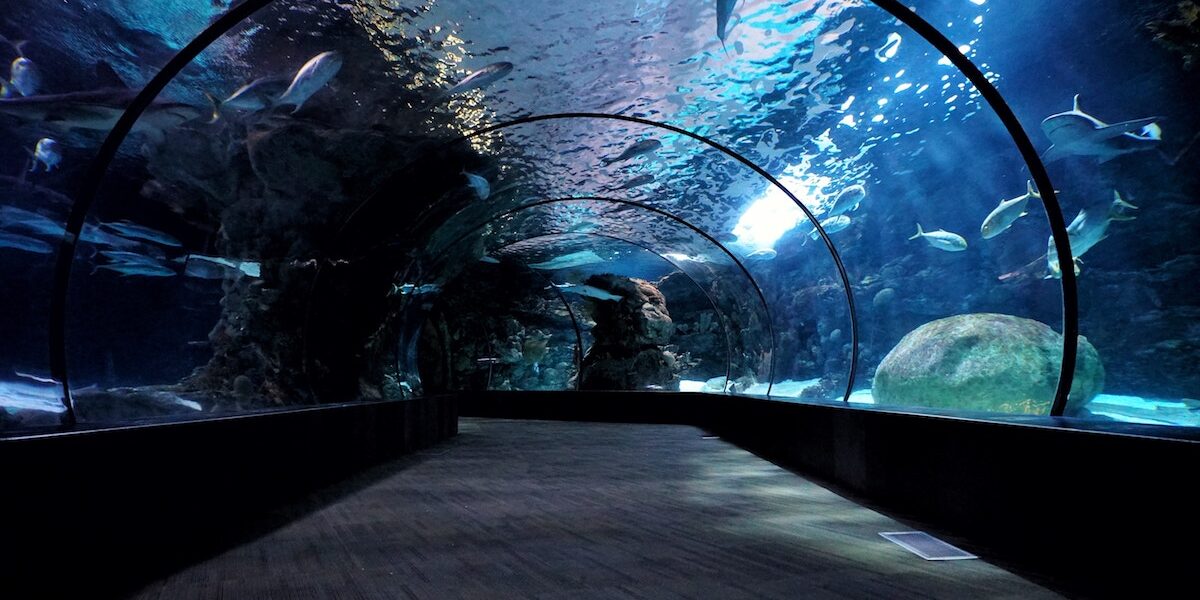Greetings from Singapore. I am here to attend the World Oceans Summit hosted by The Economist.
On my transition day between the 21 hours of flying to get here and the start of the conference, I had lunch with author and top executive coach Alison Lester and chatted about her work, and her new book Restroom Reflections: How Communication Changes Everything (available for Kindle on Amazon).
Next, I was anxious to be off to see Singapore’s brand new Maritime Experiential Museum & Aquarium (it opened only 4 months ago). When I arrived, I joined the queue for a admission ticket, and as I was standing in line, a man in a uniform asked who I was, were I was from, and why was I here visiting etc. I told him, and he said come with me . . . Next thing I know, I am being given a personal guided tour of MEMA.
The museum is built around the voyages of Admiral Zheng He in the early 1400s as well as the maritime silk route that developed between China and nations as far away as East Africa. The museum notes that he likely was the first to discover America, but that the records were destroyed. The museum includes models of the treasure ships, a partial full size replica, and a focus on the goods traded in the maritime silk route. My guide points to Rhino horn and elephant tusks and notes that they are no longer traded because of animal rights groups. Similarly, she shows me the snake charmer from India, its basket and the flute (explaining that the Cobra’s are tone deaf, and that it is the vibrations of the flute gourd that make the animal dance); but notes that the practice is now banned due to animal rights groups. But most of the other products are wonderful to see and it is interesting to learn where they come from and how long they have been traded – spices, precious gems, silks, baskets and porcelains among many other goods.
The museum has reconstructed 9th century Omani Dhow on display inside the museum, and two other regional vessels tied up outside at the start of a historic ship harbor. Three more are due to be brought over from Singapore (the museum is on Sentosa), and to be added soon, including a Chinese Junk. The museum is loaded with rather clever interactive exhibits. Most of which allow you to email your finished effort (like designing your own fabric pattern) to yourself. It also has a typhoon experience that includes an almost 3D, 360o degree (simulated) film of an ancient Chinese cargo vessel that is lost in a Typhoon. The entire theater moves, groans of creaking wood, and when waves break over the sides of the ship we are all sprayed with saltwater.
As we leave the theater, we walk into a well-presented gallery on underwater archeology and shipwrecks from this region. It is amazingly well done and well explained (very good signage). The highlight moment, which totally caught me by surprise, is that we come around a corner and another young woman is standing by a table covered with artifacts from various shipwrecks. I am handed surgical gloves and then invited to pick up and examine each piece. From a small hand cannon (which were in use until about 1520), to a woman’s powder box, to various pottery shards. All the items estimated to be at least 500 years old, and a few are three times as old. It is one thing to look at and ready about history, it is another to hold it in your hand.
The aquarium part of MEMA is scheduled to open later this year, and is going to be the biggest ever built, and will be connected to a marine park with Orca and dolphin performers (the park is also planned to be the world’s largest). When I asked various questions about what the theme was, my guide very sincerely stated that because we in the USA have aquariums and marine parks, she thought they should too. She was not aware of a geographic or other theme for the aquarium . . . She was very aware that there was controversy over putting animals on display, especially if they are to be performers. And, while some of you may disagree about whether such marine parks should exist at all, I began with the assumption that this idea was too far down the road. So, with a lot of careful, diplomatic wording I convinced her that putting animals on display is often the only way people become familiar with ocean creatures. In other words, those on display were ambassadors for those in the wild. BUT, that they had to choose wisely. Creatures needed to be those who were abundant in the wild, so that taking a few out would not prevent or hinder those remaining in the wild from reproducing and replacing themselves at a rate faster than their removal. AND, that the captivity needed to be very humane and ensure there would be little need to continually go and harvest more display animals.
Tomorrow the meeting starts!







